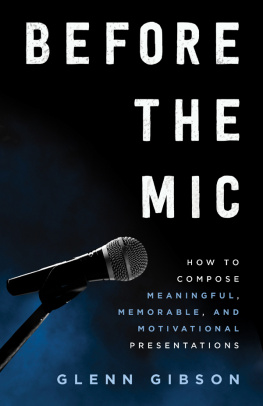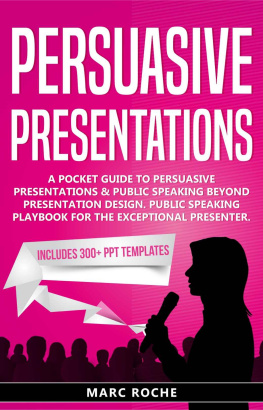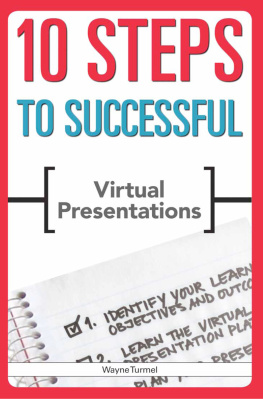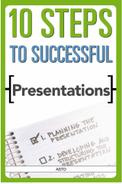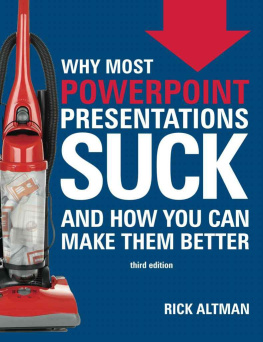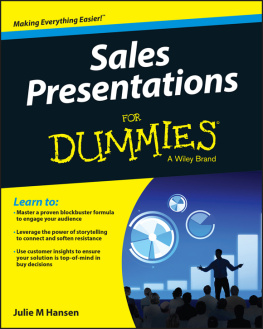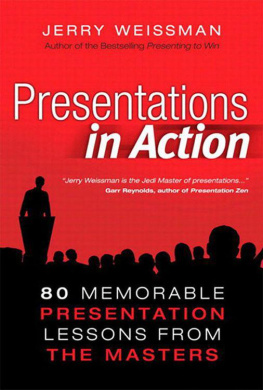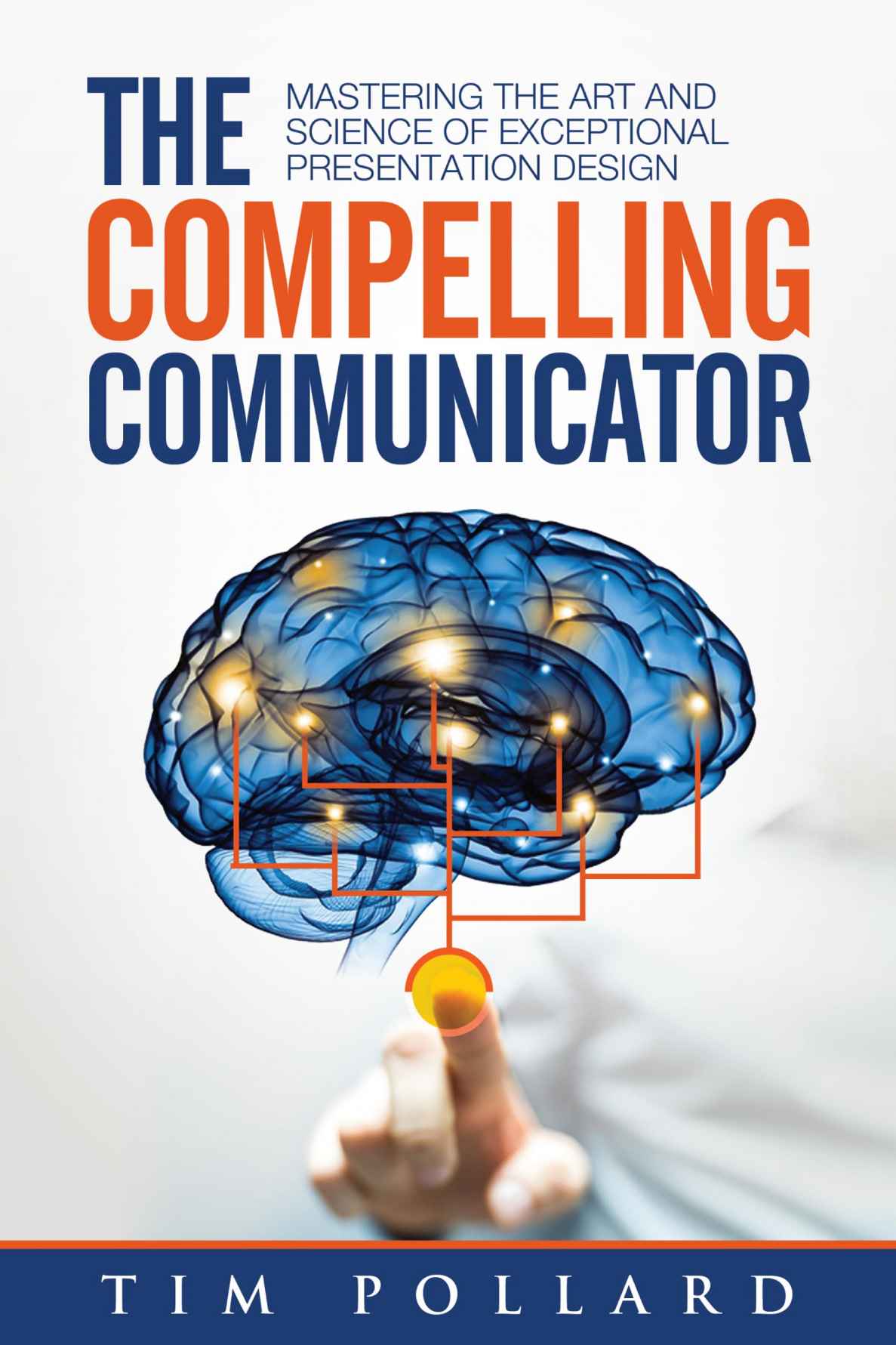Copyright 2016 Tim Pollard
All rights reserved. No part of this publication may be reproduced, distributed, or transmitted in any form or by any means, including photocopying, recording, digital scanning, or other electronic or mechanical methods, without the prior written permission of the publisher, except in the case of brief quotations embodied in critical reviews and certain other noncommercial uses permitted by copyright law.
ISBN: 978-0-9982373-2-9
Library of Congress Control Number: 2016957115
Published by
Conder House Press
Washington, DC
Edited by Don Weise and Stacey Aaronson
Book design by Stacey Aaronson
Photo credits:
Our thanks to Shutterstock for the vomiting pumpkin and mother/child images, and to the Collection Museo Nacional Centro de Arte Reina Sofa, Madrid, for the use of the Guernica paintings. And sincere thanks to Sarah Steenland for her original illustrations found on pages 109 and 208.
To Ruth, Grace, Angus, Fergus, and Rosie.
Without you, none of this other stuff would mean anything at all.
To the core Oratium team:
Eli, DR, JD, Jerry, Sean, and Sean. You are the reasons why we really might change the world.
and
to Eva Kor, my hero, friend,
and the greatest natural communicator Ive ever known.
Soli Deo Gloria
A Tale of Two Cities
UNDERSTANDING THE SKILL WE NEED TO MASTER
A Problem Worth Solving
Why Do We Present So Poorly?
The Heart of the Matter Is the Brain
Design vs. Delivery
The Carbon Atom
A Vision of the Future
MASTERING PRESENTATION DESIGN
Getting Started: The Presentation Profile
Developing the Heart of Your Argument
Making It Simpler (Your Audience Has Limits)
Getting from the Stuff to the Story
Anchoring It All in Your Audience
Whole-Person Engagement
The Supporting Cast: The Correct Use of Visuals and Handouts
The Design Is Done: Getting to Game Day
Closing Thoughts
The Essentials of Delivery
About a year ago, I was down in Florida, where I was speaking at a well-known company s leadership conference. I had spoken on the topic of sales messaging for a couple of hours in the early afternoon, and after wrapping up, instead of the normal dash to the airport, I decided to stick around.
The reason I stuck around was that several people had told me I had to stay for the CEOs closing address. People were positively gushing in anticipation of his presentation. You must hear himhes incredible. Not surprisingly, this more than piqued my interest. Great communication is so rare that its worth sticking around for, so I stayed.
This CEO duly took the stage for a tight thirty-minute closing keynote, and I could see what everyone was raving about. By any traditional standard, he was phenomenal. His presentation was un believably polished. Flawless, crisp delivery; using no notes, he knew his stuff perfectly. He fully engaged the crowd, pacing about the stage untethered, thanks to his hands-free mic. It was about the best eye contact and body language you could hope to see. He was endearing, witty, and warm. No depressing slide deck; in fact, he had only one slide that stayed up the whole time.
The slide captured his subject well, and it was a terribly important topic: The Ten Things Weve Got to Get Right This Year, and he moved effortlessly and fluently through the list of ten. He then closed on a motivational high, and the crowd went wild. Not quite throwing underwear, but pretty close.
What a treat. Given how much we all struggle as speakers, this was a masterclass in what we all aspire to be. By any traditional standard, he was world-class. Except for one thing I spotted. His ten points werent organized into any form of narrative flow. There was no real storyline or thread that ran through them. They were ten essentially unrelated things. Important but unrelated.
By design, the conference ended moments after he finished. The emcee thanked him and the crowd and shut the event down, at which point everybody headed for the door. As we were all filing out, I grabbed someone from the audience and asked them a simple question. Sadly, I knew exactly what the answer was going to be.
Hey, wasnt that great? But do you mind me asking how many of Andys Ten Things you remember? After a few moments of thought, he named two. Two !
Think about that.
We were less than five minutes from the close.
It was his CEO.
The topic was The Ten Things Weve Got to Get Right This Year.
The speakers delivery was flawless, witty, effortless, sparkling
Surely, if theres any presentation that ought to be fully remembered, its the CEO speaking on critical issues. Yet a mere five minutes after his presentation, his audience only retained about 20%. That is shocking. Ill explain what went wrong a little later, but for now, hold one thought: This presentation appeared to be world class, and yet there was almost no effective transfer of ideas. Nothing actually stuck.
By odd coincidence, just a few weeks after the events described above, I was in an audience of about 2,000 people in a large high school gymnasium, preparing to listen to a visiting speaker whod been promoted by the school and on local radio.
After a brief introduction from the teacher whod invited her, a little old lady walks onto the stage. Shes rather short, a little stocky, and dressed in a conservative blue in keeping with her 84 years of age. She takes a seat at a trestle table and puts her head down to speak into a table microphone, and apart from looking up from time to time, she basically doesnt change position for the rest of the evening.
While she spent most of her life as a realtor in Indiana, she still speaks in the strong accent of her native Hungary, yet she is easy to understand. Shes actually from the former Transylvania, which makes the whole thing eerily reminiscent of a Dracula movie.
She speaks for two full hours, without a break. She never stands, let alone moves around the stage. There is no body language to speak of. She never really makes eye contact and uses no visual aids of any kind. She simply talks into the microphone, and in those two hours she communicates three big ideas. Three life lessons, borne from the experience of her childhood.


